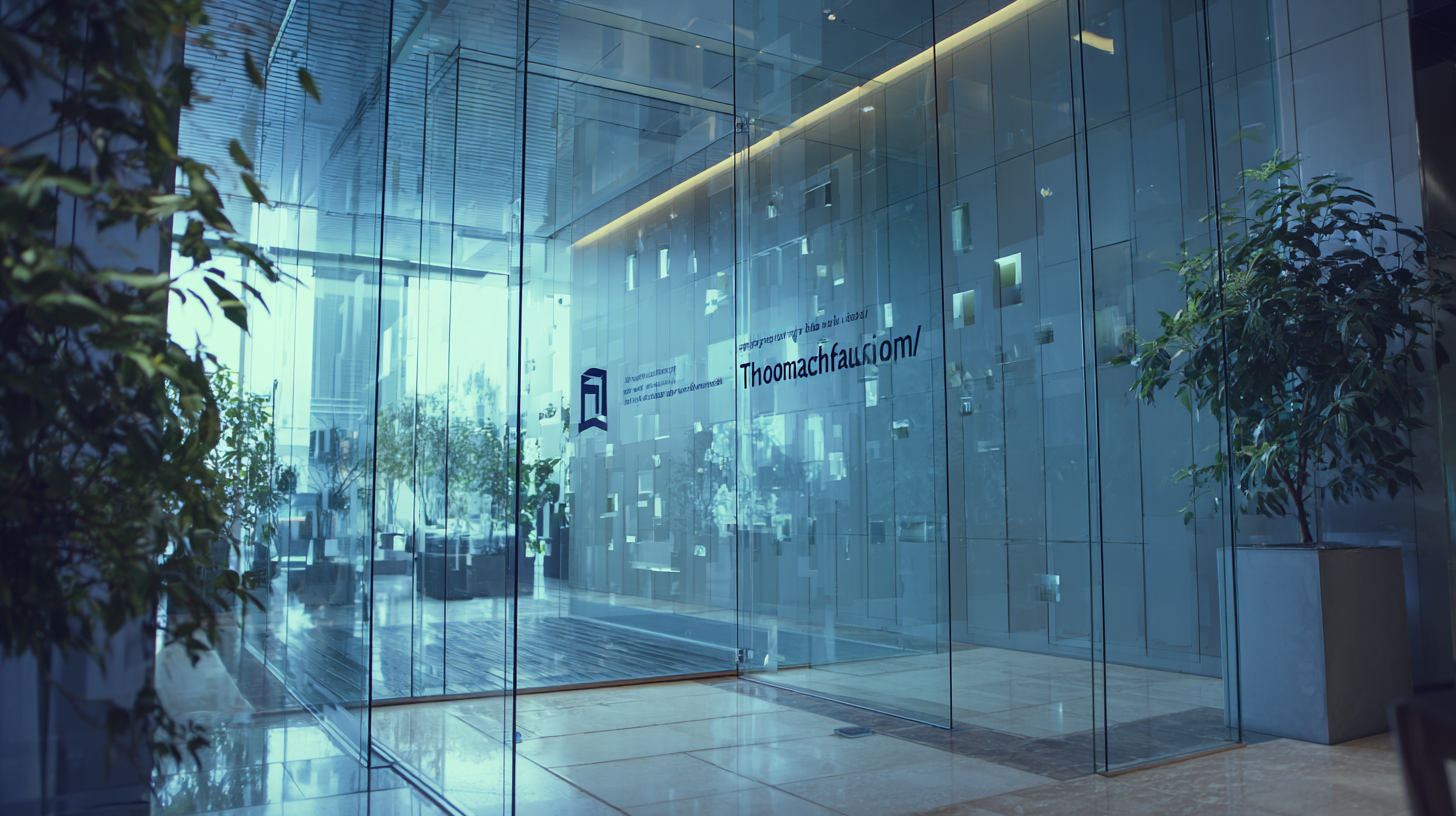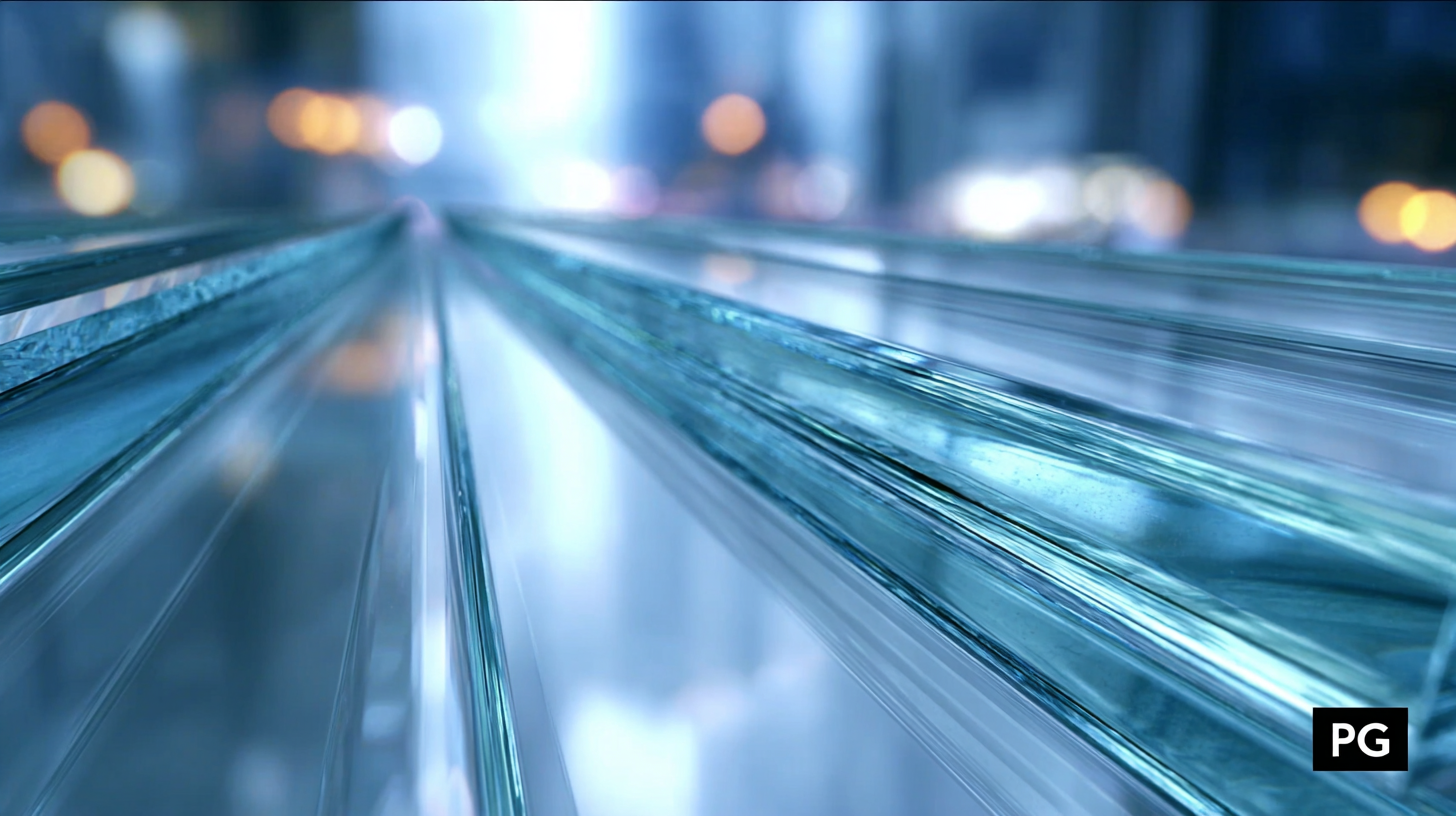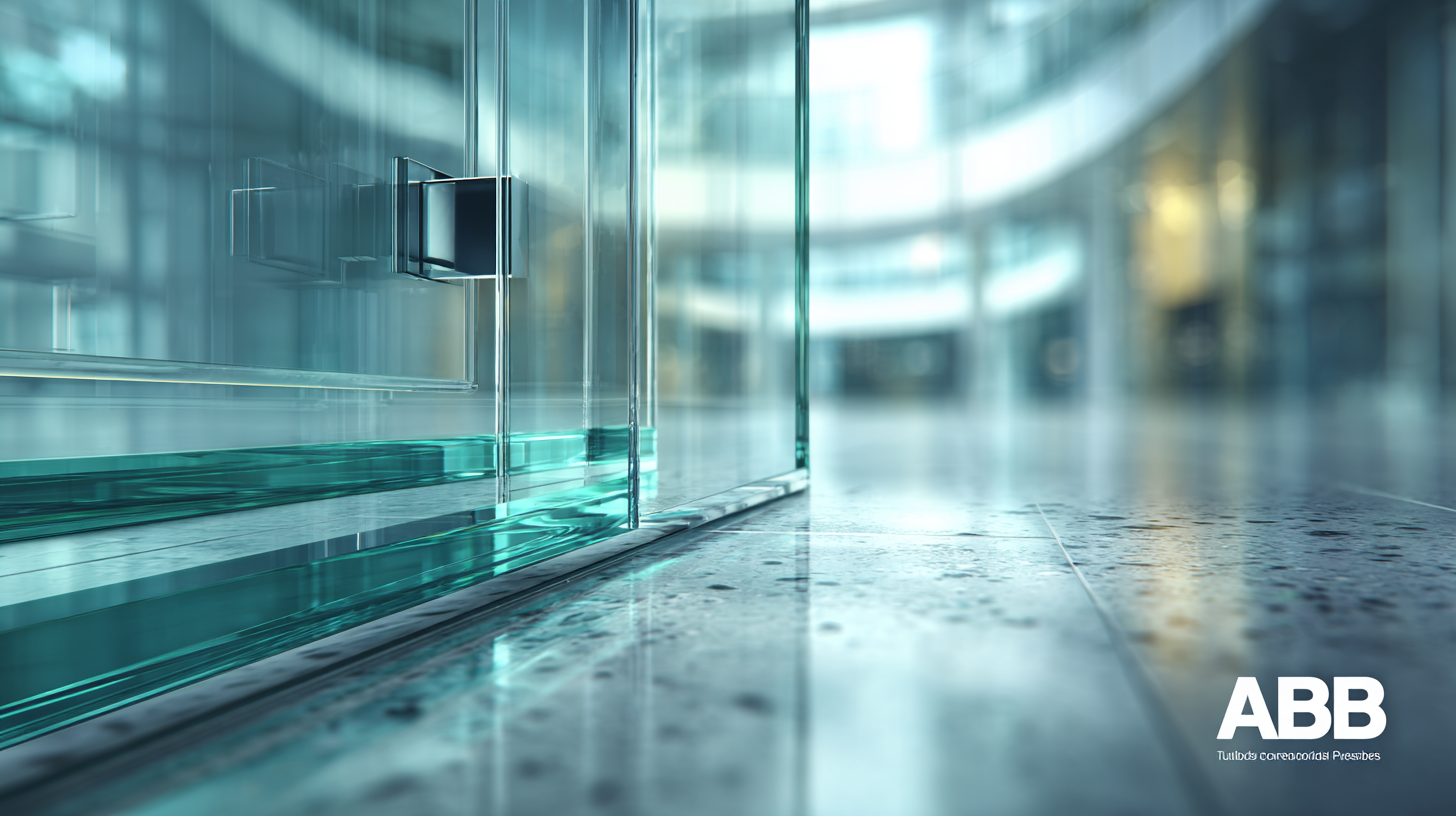
Unveiling the Technical Specifications of the Finest Toughened Glass Panels
The demand for Toughened Glass Panels has seen a remarkable rise in various industries, driven by their strength, safety, and thermal resistance. According to a report by Research and Markets, the global toughened glass market is projected to reach USD 70.51 billion by 2025, growing at a compound annual growth rate (CAGR) of 6.5% from 2020. This growth is attributed to the increasing application of toughened glass in construction, automotive, and electronics sectors, owing to its ability to withstand extreme conditions and impacts. Additionally, with the ongoing advancements in manufacturing technologies, the technical specifications of these panels are continually evolving, allowing for enhanced performance and design flexibility. In this blog, we will delve into the finest Toughened Glass Panels, exploring their specifications, benefits, and the innovations that make them a preferred choice in modern architecture and design.

The Evolution of Toughened Glass Technology in China
The evolution of toughened glass technology in China has seen remarkable advancements over the past two decades, transforming the glass manufacturing landscape. According to a report by the China Glass Industry Association, the production of toughened glass reached approximately 50 million square meters in 2020, marking a significant increase from 30 million square meters in 2010. This surge can be attributed to the growing demand for high-performance glass in architectural applications, automotive industries, and home interiors, where safety and durability are paramount.

Additionally, technological innovations have played a critical role in enhancing the strength and thermal resistance of toughened glass. The introduction of advanced tempering techniques, such as double-sided tempering and low-temperature processes, has contributed to improving the material's performance under extreme conditions. A study by the Chinese Academy of Sciences highlights that these advancements have led to the production of toughened glass that can withstand temperatures up to 300 degrees Celsius and impact forces exceeding 100 Joules, making it ideal for a range of applications from skyscrapers to public transport vehicles. As China continues to invest in research and development, the toughened glass industry is poised for further innovation and growth.
Key Features That Make Toughened Glass Stand Out
Toughened glass panels have gained significant attention in the architectural and construction industries due to their unique properties and durability. One of the standout features of toughened glass is its strength; it is up to five times stronger than standard glass, making it an exceptional choice for both safety and design. According to a report by the Glass Association, the bending strength of toughened glass typically exceeds 100 MPa, allowing it to withstand considerable pressure and impact. This robustness makes it ideal for applications ranging from facades to shower enclosures, where safety is paramount.
Another critical advantage of toughened glass is its thermal resistance. It can withstand temperature fluctuations of around 200 degrees Celsius, a feature that significantly reduces the risk of thermal breakage. The National Glass Association highlights that the thermal shock resistance of toughened glass allows for its use in environments where rapid temperature changes occur, such as in food service equipment and exterior building applications. Additionally, safety standards dictate that in the event of breakage, toughened glass shatters into small, blunt pieces, minimizing the risk of injury, which contributes to its increasing popularity in both residential and commercial spaces.
Comparative Analysis: Toughened Glass vs. Traditional Glass
When comparing toughened glass to traditional glass, it becomes clear that the advancements in technology have resulted in significant improvements in safety and durability. Toughened glass undergoes a rigorous heat treatment process that makes it five to six times stronger than standard glass. This increased strength means it can withstand greater impact and stress, reducing the likelihood of shattering under pressure. Additionally, if toughened glass does break, it crumbles into small, blunt pieces, minimizing the risk of injury—a stark contrast to traditional glass, which can shatter into dangerous shards.
Another notable difference lies in thermal resistance. Toughened glass can endure higher temperatures, making it an ideal choice for environments exposed to fluctuating heat, such as kitchens and facades. Traditional glass, however, is much more prone to thermal shock, leading to cracks or breaks when subjected to sudden temperature changes. Furthermore, toughened glass typically offers better insulation properties, contributing to energy efficiency in buildings. As more consumers become aware of these advantages, toughened glass is steadily gaining favor over its traditional counterpart in both residential and commercial applications.
Unveiling the Technical Specifications of the Finest Toughened Glass Panels - Comparative Analysis: Toughened Glass vs. Traditional Glass
| Specification | Toughened Glass | Traditional Glass |
|---|---|---|
| Strength | 3-5 times stronger than standard glass | Standard strength |
| Thermal Resistance | Can withstand temperature shocks of up to 200°C | Sensitive to temperature changes |
| Safety | Breaks into small, blunt pieces | Breaks into sharp shards |
| Weight | Lighter for its strength | Heavier |
| Cost | Higher cost due to manufacturing process | Lower cost |
| Applications | Used in high-risk areas like facades, balustrades | Used in standard environments like homes |
The Manufacturing Process: Ensuring Excellence in Every Panel
The manufacturing process of toughened glass panels is a meticulous journey that blends science and artistry to create a product that stands the test of time. Initially, high-quality raw materials, primarily silica sand, soda ash, and limestone, are combined and melted in a furnace. This molten glass is then carefully shaped into desired dimensions before undergoing a critical heat-tempering process. This process involves heating the glass to temperatures exceeding 600°C and then rapidly cooling it, a technique that significantly enhances its strength and resistance to thermal stress.
Furthermore, quality control plays a vital role throughout the manufacturing stages. Each panel is subjected to rigorous testing to ensure it meets safety and durability standards. Advanced technologies, such as the use of computer-assisted design and automated cutting machines, have revolutionized the production line, allowing for precision in creating custom sizes and shapes. Additionally, innovations in coating techniques contribute to the panels' aesthetic appeal and energy efficiency. This blend of traditional craftsmanship and modern technology not only guarantees excellence in every panel but also ensures that the finished product adheres to the highest standards of performance and safety.
Strength Comparison of Toughened Glass Panels
Real-World Applications of Toughened Glass in Modern Architecture
Toughened glass has become a cornerstone in modern architecture, proving instrumental in a variety of applications ranging from residential buildings to skyscrapers. According to a report by Grand View Research, the global toughened glass market is projected to reach $85.38 billion by 2025, driven by its increasing demand in residential and commercial sectors. This rise can be attributed to its superior safety features; toughened glass is up to five times stronger than standard glass and shatters into smaller, less dangerous pieces, significantly reducing risk.

Real-world applications of toughened glass also extend to facades, windows, skylights, and balustrades. In urban environments, buildings like the Shard in London and the Burj Khalifa in Dubai leverage toughened glass for both aesthetic and structural purposes. Furthermore, the energy-saving properties of toughened glass — its ability to insulate while allowing natural light — align with the growing trend towards sustainable architecture. According to a report by Mordor Intelligence, the energy-efficient building materials segment is expected to grow at a CAGR of 6.7% from 2021 to 2026, highlighting the increasing preference for materials that combine functionality with environmental consciousness.
